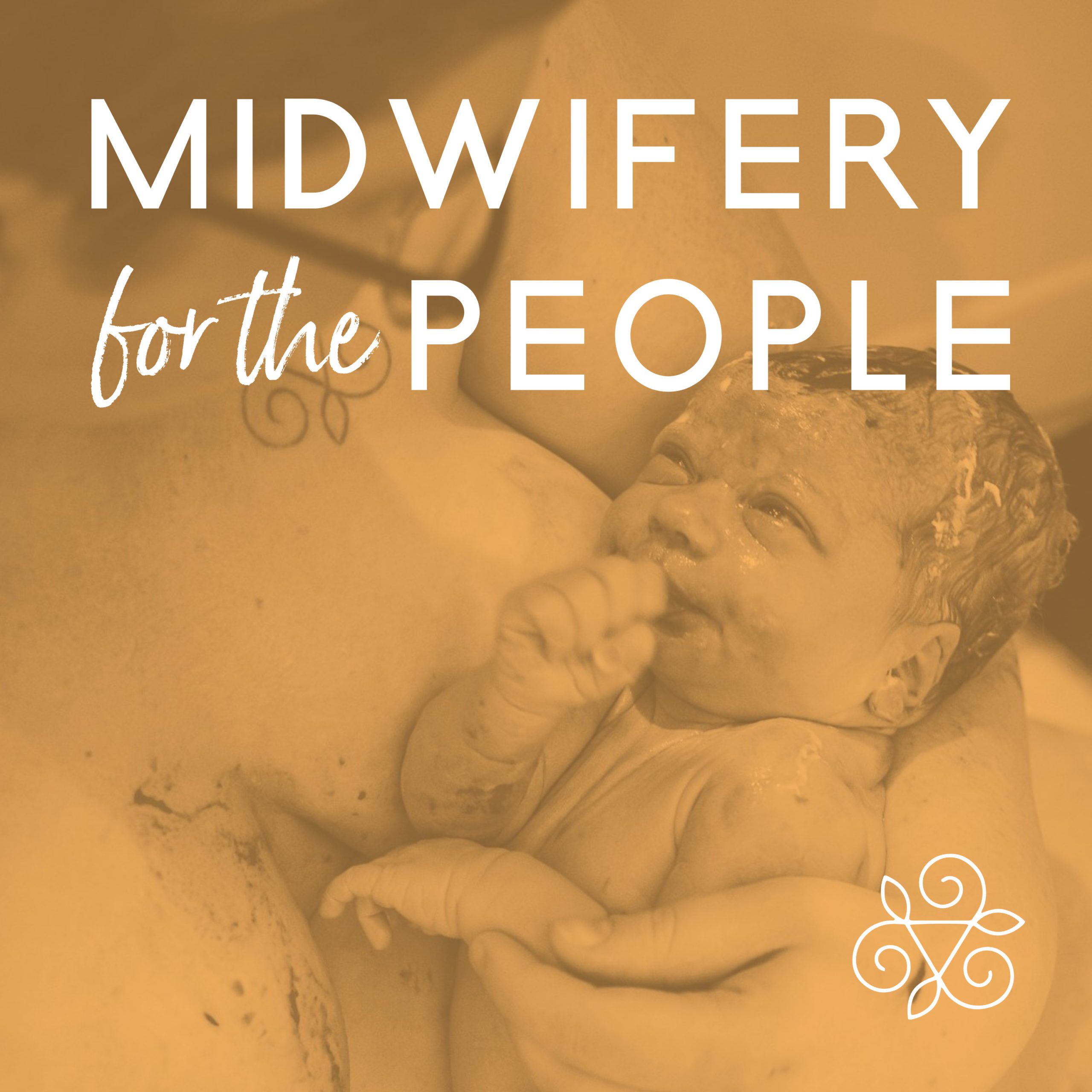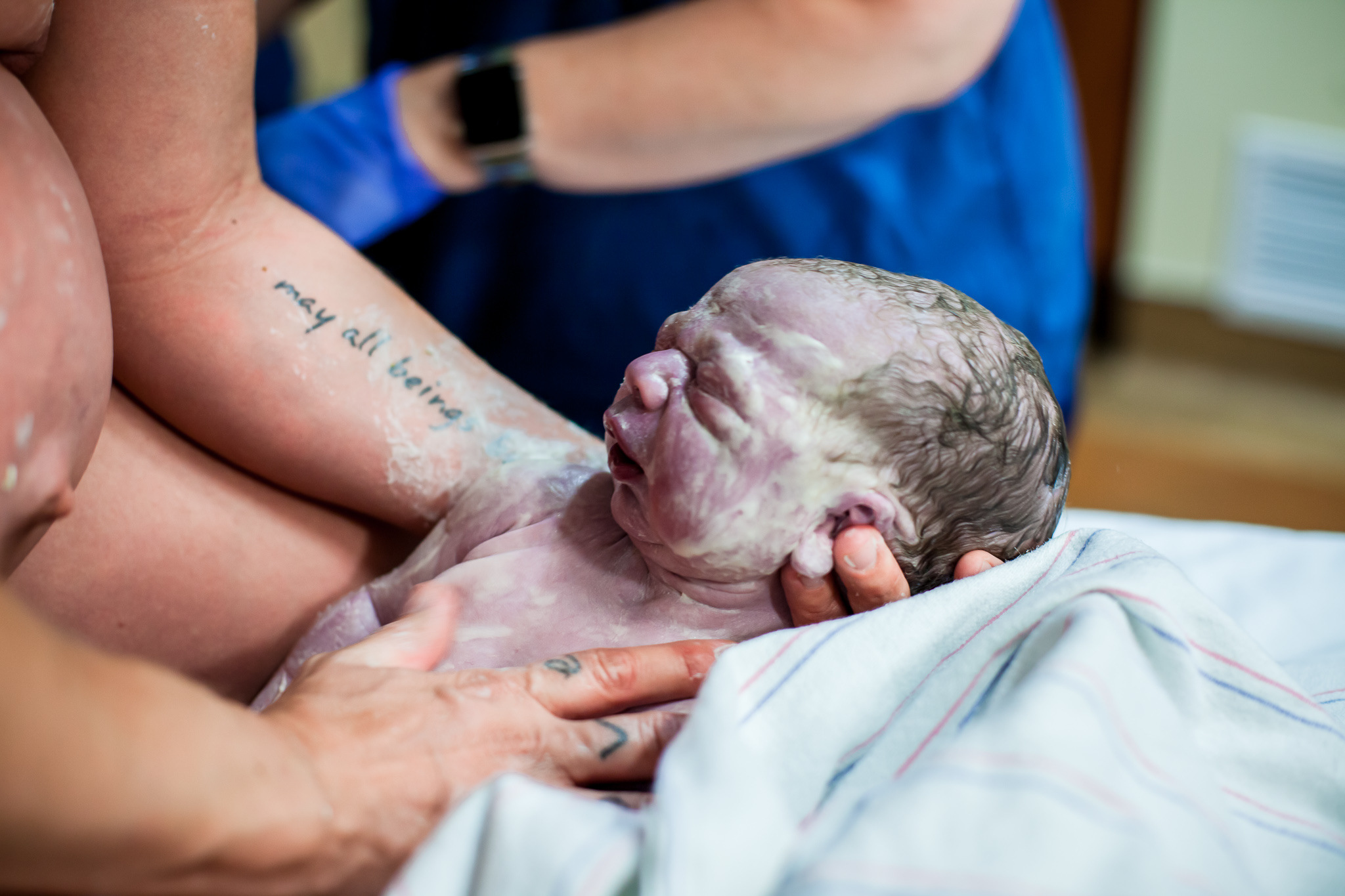 According to Wikipedia, a misconception “happens when a person believes in a concept that is objectively false”. This is the premise of Naomi Wolf’s Misconceptions: Truth, Lies and the Unexpected on the Journey to Motherhood. Wolf brings to the surface many relevant points about how “backwards” we are here in America when it comes to birthing and raising our children.
According to Wikipedia, a misconception “happens when a person believes in a concept that is objectively false”. This is the premise of Naomi Wolf’s Misconceptions: Truth, Lies and the Unexpected on the Journey to Motherhood. Wolf brings to the surface many relevant points about how “backwards” we are here in America when it comes to birthing and raising our children.
From the motive of hospitals to the “unbalanced parternships” we face as couples when the baby arrives, Wolf challenges many common misconceptions. However, Wolf also chooses to include her own personal journey through birth and early motherhood in her book. The disparity occurs when she presents all the statistical information, which is well-supported, in conjunction with her own, seemingly narrow-minded view about these issues. Her personal experience, in my opinion, does not fall under the category of “misconceptions” but perhaps one that stems from a lack of trust in birth and mothering.
For the newly pregnant mama and her partner, who are just entering the arena of birth choices, this book presents some helpful information. Specifically, Misconceptions sheds light on hospital interventions during a birth by highlighting how these interventions are not only protective, but profitable for the hospital. For example, she focuses in on one of the surest interventions during a hospital birth, the electronic fetal monitor (EFM). The description and stories that surround this expose is shocking even for me. Something I didn’t know: Even ACOG (American College of Obstetricians and Gynecologists) recommends that routine, continuous EFM be “dropped” from the care of low-risk women in labor. This is a conservative group of doctors, and even they agree that the EFM can be more harmful than helpful. However, hospitals continue to use the EFM continuously, even on low-risk women. Why?? Because the “tape” the EFM produces as it graphs contractions and fetal heart rate is a legal protection tool for the OB and for the hospital. A legal protection tool that is much too valuable to be dismissed.
Wolf takes a look at some other interventions and how they contribute to the hospital’s financial bottom line. She claims that hospitals must maintain, on average, an 80% epidural rate to be able to provide full-time employment to an anesthesiologist. Another point that she makes, which I had not thought of directly, is that epidurals decrease the need for staff and nurses during labor. A woman with an epidural is likely to just lay there in bed, not even knowing when it is time to push. Contrast this picture with the woman who wants a natural birth, who sits on a birth ball, needing to be supported and who moans through her contractions. This birth is more time-consuming and costly for the hospital staff, not to mention more of a “nuisance”.
One of my favorite part of Wolf’s book is the many comparisons between what birth and birth choices really are and what we think they are. A humorous, sarcastic way of driving this point home is in her referrals to advice given in the well-known mainstream pregnancy “bible”, “What to Expect When You’re Expecting”. Her critiques of this book are right on, well-said and actually very insightful. It becomes very clear where many “misconceptions” originate and are perpetuated in our culture.
The information provided by Wolf in her book is informative and interesting. However, I was left baffled by her own personal lack of understanding and her overriding negativity towards natural birth. Had she not chosen to include her personal experience, it would not be an issue, as many writers may not have wanted to include their personal stories. But Wolf chooses to include her own experience with not one, but 2 medical, c-section births (which from her description were not “emergencies”). After all this research, one wonders how she could be surprised with her outcomes based on what she basically went looking for in prenatal care.
My personal take on it is that she knows the facts, but for better or worse, does not have any deep-seated trust in her body or the process of birth. Even after writing this book, she refuses to take her own advice ,yet wants the best of the “2 worlds” (natural and medical birth). Wolf challenges misconceptions but then ultimately seems to accept them as her foundation of beliefs. Her tone, especially when talking about her personal experience, is whiny and very reactive. There is nothing pro-active or empowered about it, and throughout the book she mentions several times what she “doesn’t want”. Every time I came across a segment like this, I wanted to shout at her to go after what she does want. I was floored that Wolf didn’t seem to get that the perfect birth experience wasn’t going to be handed to her on a platter, much less when she chose to order it up at a hospital.
Besides Wolf’s lack of trust in her ability to birth, I was frustrated with her supposed lack of real understanding about midwifery care. She compares what is behind the “2 doors” (again, natural birth vs. medical birth) but describes natural birth with a midwife as devoid of technology. She seems to not know that although midwives cannot perform c-sections at home, there is a wide range of monitoring and/or intervention that a midwife is capable of. In most cases, the midwife chooses to remain non-interventive because she can see that there is no need for gadgets and gizmos.
Wolf describes what she thinks would be the ideal care for women—midwifery support in labor (which is essentially the role of a doula) merged with the smart, protective care of a doctor overseeing everything in the background. She misses that this is what gets many women into the cascade of interventions that she found herself in. And as what I see is an insult to midwives everywhere, Wolf dreams of midwifery care that “..follows ACOG standards”. Here is an intelligent, well-spoken woman that does not understand that midwives (and the women they serve) don’t want mini-doctors, they want midwives. Her lack of understanding of this issue and of the truly unique care that midwives provide is a true disservice to this book and to women investigating their options.
All in all, I’d recommend Wolf’s book, both for the helpful tidbits and insights as well as the thought-provoking look at birth and motherhood in the culture.
From the motive of hospitals to the “unbalanced parternships” we face as couples when the baby arrives, Wolf challenges many common misconceptions. However, Wolf also chooses to include her own personal journey through birth and early motherhood in her book. The disparity occurs when she presents all the statistical information, which is well-supported, in conjunction with her own, seemingly narrow-minded view about these issues. Her personal experience, in my opinion, does not fall under the category of “misconceptions” but perhaps one that stems from a lack of trust in birth and mothering.
For the newly pregnant mama and her partner, who are just entering the arena of birth choices, this book presents some helpful information. Specifically, Misconceptions sheds light on hospital interventions during a birth by highlighting how these interventions are not only protective, but profitable for the hospital. For example, she focuses in on one of the surest interventions during a hospital birth, the electronic fetal monitor (EFM). The description and stories that surround this expose is shocking even for me. Something I didn’t know: Even ACOG (American College of Obstetricians and Gynecologists) recommends that routine, continuous EFM be “dropped” from the care of low-risk women in labor. This is a conservative group of doctors, and even they agree that the EFM can be more harmful than helpful. However, hospitals continue to use the EFM continuously, even on low-risk women. Why?? Because the “tape” the EFM produces as it graphs contractions and fetal heart rate is a legal protection tool for the OB and for the hospital. A legal protection tool that is much too valuable to be dismissed.
Wolf takes a look at some other interventions and how they contribute to the hospital’s financial bottom line. She claims that hospitals must maintain, on average, an 80% epidural rate to be able to provide full-time employment to an anesthesiologist. Another point that she makes, which I had not thought of directly, is that epidurals decrease the need for staff and nurses during labor. A woman with an epidural is likely to just lay there in bed, not even knowing when it is time to push. Contrast this picture with the woman who wants a natural birth, who sits on a birth ball, needing to be supported and who moans through her contractions. This birth is more time-consuming and costly for the hospital staff, not to mention more of a “nuisance”.
One of my favorite part of Wolf’s book is the many comparisons between what birth and birth choices really are and what we think they are. A humorous, sarcastic way of driving this point home is in her referrals to advice given in the well-known mainstream pregnancy “bible”, “What to Expect When You’re Expecting”. Her critiques of this book are right on, well-said and actually very insightful. It becomes very clear where many “misconceptions” originate and are perpetuated in our culture.
The information provided by Wolf in her book is informative and interesting. However, I was left baffled by her own personal lack of understanding and her overriding negativity towards natural birth. Had she not chosen to include her personal experience, it would not be an issue, as many writers may not have wanted to include their personal stories. But Wolf chooses to include her own experience with not one, but 2 medical, c-section births (which from her description were not “emergencies”). After all this research, one wonders how she could be surprised with her outcomes based on what she basically went looking for in prenatal care.
My personal take on it is that she knows the facts, but for better or worse, does not have any deep-seated trust in her body or the process of birth. Even after writing this book, she refuses to take her own advice ,yet wants the best of the “2 worlds” (natural and medical birth). Wolf challenges misconceptions but then ultimately seems to accept them as her foundation of beliefs. Her tone, especially when talking about her personal experience, is whiny and very reactive. There is nothing pro-active or empowered about it, and throughout the book she mentions several times what she “doesn’t want”. Every time I came across a segment like this, I wanted to shout at her to go after what she does want. I was floored that Wolf didn’t seem to get that the perfect birth experience wasn’t going to be handed to her on a platter, much less when she chose to order it up at a hospital.
Besides Wolf’s lack of trust in her ability to birth, I was frustrated with her supposed lack of real understanding about midwifery care. She compares what is behind the “2 doors” (again, natural birth vs. medical birth) but describes natural birth with a midwife as devoid of technology. She seems to not know that although midwives cannot perform c-sections at home, there is a wide range of monitoring and/or intervention that a midwife is capable of. In most cases, the midwife chooses to remain non-interventive because she can see that there is no need for gadgets and gizmos.
Wolf describes what she thinks would be the ideal care for women—midwifery support in labor (which is essentially the role of a doula) merged with the smart, protective care of a doctor overseeing everything in the background. She misses that this is what gets many women into the cascade of interventions that she found herself in. And as what I see is an insult to midwives everywhere, Wolf dreams of midwifery care that “..follows ACOG standards”. Here is an intelligent, well-spoken woman that does not understand that midwives (and the women they serve) don’t want mini-doctors, they want midwives. Her lack of understanding of this issue and of the truly unique care that midwives provide is a true disservice to this book and to women investigating their options.
All in all, I’d recommend Wolf’s book, both for the helpful tidbits and insights as well as the thought-provoking look at birth and motherhood in the culture.





+ show Comments
- Hide Comments
add a comment